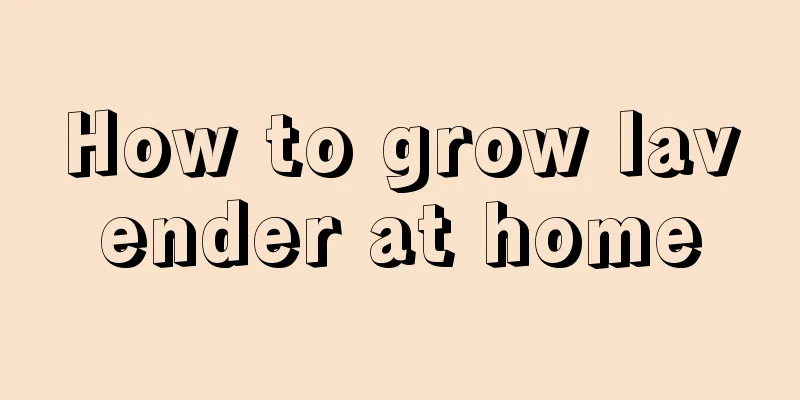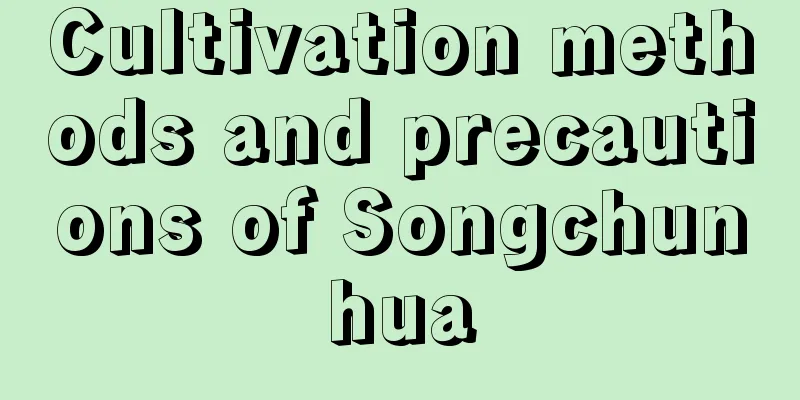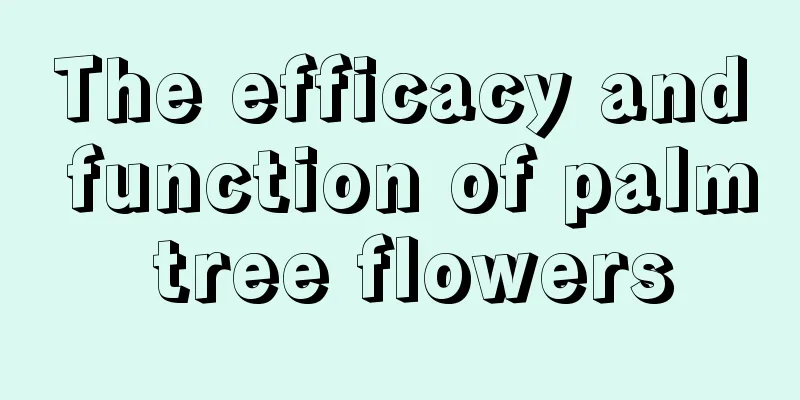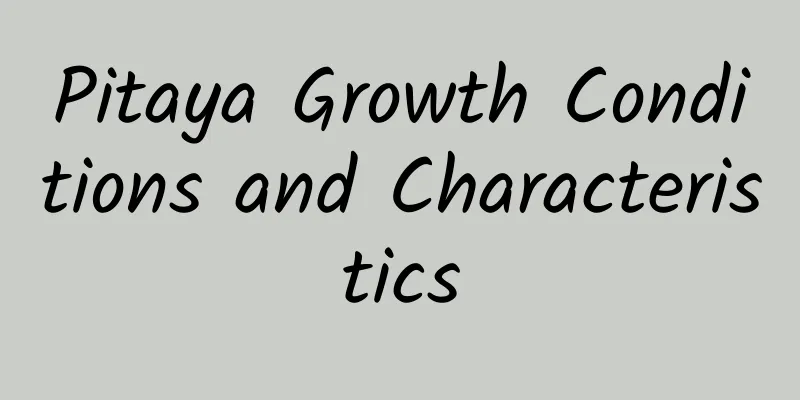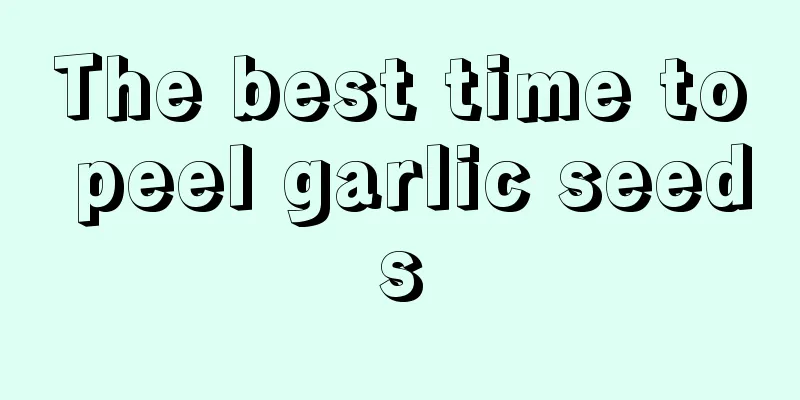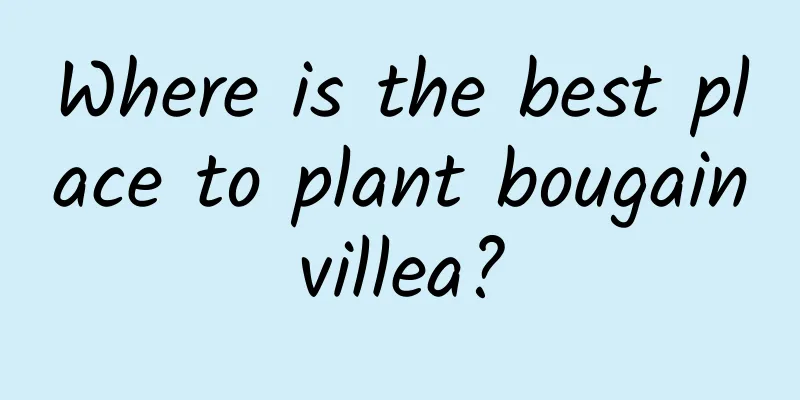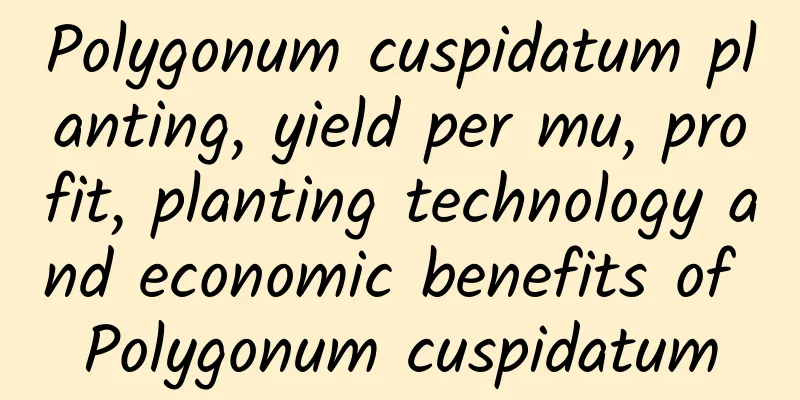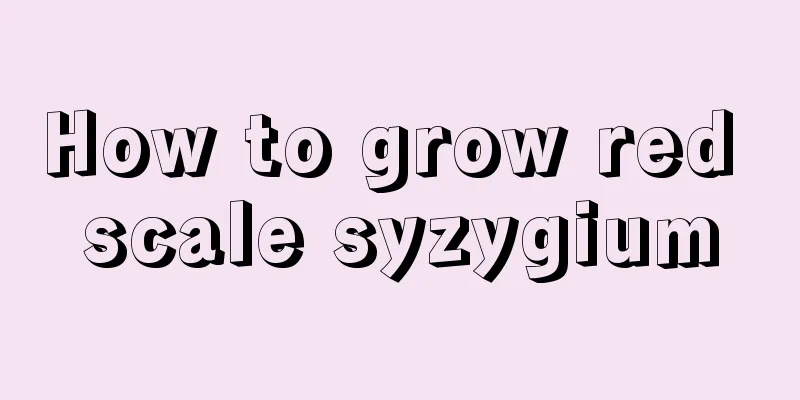The role of nitrogen, phosphorus and potassium fertilizers
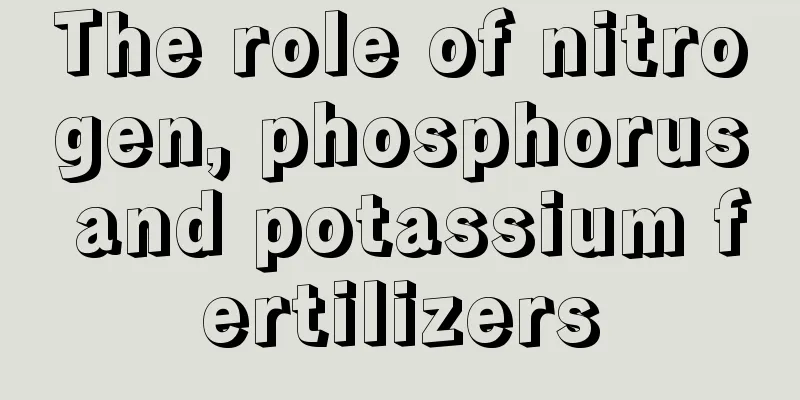
Nitrogen FertilizerTypes of nitrogen fertilizerNitrogen fertilizers can be divided into animal nitrogen fertilizers and plant nitrogen fertilizers. Animal nitrogen fertilizers include human excrement, horse, cattle, sheep, pig feces, fish fertilizer, horseshoes, etc., and plant nitrogen fertilizers include bean cake, rapeseed cake, cottonseed cake, sesame residue, etc., both of which are organic fertilizers; inorganic fertilizers such as urea, ammonia water, ammonium nitrate, ammonium sulfate, etc. are all fast-acting nitrogen fertilizers, generally used as foliar fertilizers, but frequent use can easily cause soil compaction. Effect of nitrogen fertilizerNitrogen fertilizer can promote the growth of trees, increase chlorophyll, and supplement nutrients for plant growth. Too much nitrogen fertilizer will cause the plant tissue to become soft, the stems and leaves to grow too long, making it susceptible to disease and insect attacks, and reducing the plant's ability to withstand cold; too little nitrogen fertilizer will cause the plant to be short, the leaves to be yellow-green, the growth to be slow, and the plant to fail to bloom. Phosphate FertilizerTypes of Phosphate FertilizersBone meal, rice bran, fish scales, and poultry manure are organic fertilizers with high phosphorus content, while calcium phosphate, rock phosphate, and calcium-magnesium phosphate fertilizer are inorganic phosphorus fertilizers. Effect of Phosphate FertilizerPhosphorus fertilizer can make plant stems and branches tough, promote the formation of flower buds and flowering, early ripening of fruits, and improve the plant's ability to resist cold and drought. When plants lack phosphorus fertilizer, they grow slowly, have small leaves, flowers and fruits, and the fruits mature late. Potash FertilizerPotash fertilizer typesWood ash is a type of organic potassium fertilizer and can be used as base fertilizer and topdressing; potassium nitrate and potassium dihydrogen phosphate can both be used for foliar spraying of potted plants. Potassium fertilizer effectPotassium fertilizer can make the stems of plants strong, improve the plants' resistance to disease, insects, drought and lodging, develop their root systems and improve the quality of their fruits. Too much potassium fertilizer will shorten the internodes of the plant, dwarf the plant, turn the leaves yellow, and in severe cases, cause death; lack of potassium fertilizer will cause necrotic spots to appear on the leaf edges of the plant, followed by scorch and necrosis. |
<<: The difference between decomposed and undecomposed fertilizers
>>: How to determine what fertilizer to use for your flowers
Recommend
Cultivation method and watering of Dieffenbachia
Dieffenbachia , also known as iron shoulder pole,...
The 16 laws of the succulent circle
Broken Window Effect/Residual Meat Effect If the ...
How to care for orchids in autumn and how to water orchids in late autumn
1. How to care for orchids in autumn Wind protect...
How to grow double happiness vine so that it blooms everywhere?
Double Happiness Vine is also called Fragrant Vin...
What are the cultivation methods and precautions of purple-backed arrowroot?
Growth habits of purple-backed arrowroot Purple-b...
How to grow golden bell flowers
1. Breeding environment 1. Soil: It does not have...
What are the cultivation methods and precautions of kumquat
Kumquat growth habits Kumquat likes warm, humid a...
Cultivation methods and precautions of large roses
1. Breeding methods 1. Soil: It is best to choose...
Is duckweed easy to grow? Methods and precautions for growing duckweed
Is duckweed easy to grow? Duckweed is easy to gro...
How do tulips survive the winter?
Tulips are native to Turkey and are now grown all...
What fertilizer is good for onions
What fertilizer to use for onions Apply 4,000 kg ...
Aloe Queen Pest and Disease Control
Disease type: White rot, leaf blight, brown spot,...
How many years does it take for a jujube tree to bear fruit?
1. Results of several years People use different ...
The difference between dripping Guanyin and taro
1. Dripping Guanyin It is a plant of the Araceae ...
The spider plant he grew was two fingers wide and its leaves never dried up or turned yellow, all because he did this!
1. How to grow spider plants to 2 meters wide 1. ...

